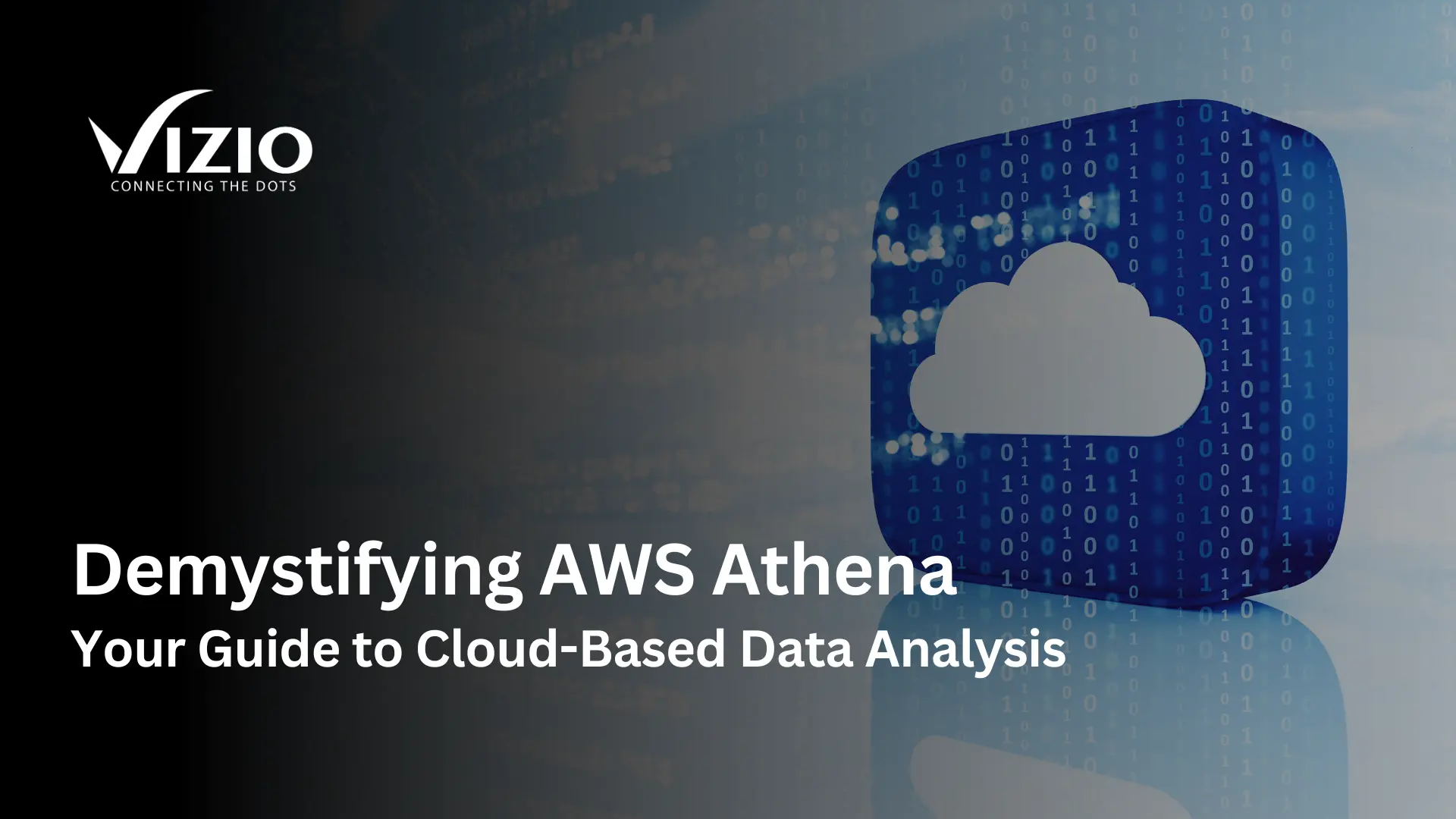Introduction
In the world of cloud computing, Amazon Web Services (AWS) has established itself as a leader in providing flexible and scalable solutions. One of the popular services offered by AWS is Athena, which is a server less query service that allows you to analyze data stored in Amazon S3 using standard SQL.
In this blog post, we will dive into what AWS Athena is, how it works, its use cases, and limitations, and provide a step-by-step guide to get started…
What is AWS Athena?
AWS Athena is a query service that enables you to analyze data directly from Amazon S3 using SQL queries. It eliminates the need for complex data transformation or loading processes, as it works directly on the data stored in S3. Athena is a serverless service, which means that you don’t need to worry about infrastructure management and can focus solely on data analysis.
One of the key benefits of AWS Athena is its scalability. It can handle large datasets and perform complex queries efficiently. Whether you have terabytes or petabytes of data, Athena can process it effectively.
Additionally, since Athena is a pay-per-query service, you only pay for the queries you run, making it a cost-effective solution for organizations with fluctuating data analysis needs.
How Does AWS Athena Work?
Amazon Web Service Athena leverages Presto, an open-source distributed SQL query engine, to perform fast and parallel data processing. Presto divides the query workload into smaller tasks and distributes them across multiple nodes, allowing for high-speed data retrieval and analysis.
Athena also uses a schema-on-read approach, which doesn’t require you to define a predefined schema for your data. Instead, it infers the schema during query execution, providing flexibility and ease of use.
That makes it effortless to analyze different data types, including structured, semi-structured, and unstructured, without data preprocessing.
Use Cases for AWS Athena
Athena finds applications in various industries and use cases. For example, in the e-commerce sector, it can be used to analyze customer behavior, track sales trends, optimize inventory management, and personalize user experiences. In the finance industry, Athena can help analyze large volumes of financial data, perform fraud detection, generate reports for regulatory compliance, and provide insights for investment strategies.
Moreover, Athena can be utilized for log analysis, ad-hoc data exploration, and deriving insights from IoT sensor data. Its ability to handle complex queries and vast datasets makes it suitable for various analytical tasks, empowering organizations to make data-driven decisions and extract valuable insights.
Getting Started with AWS Athena: Step-by-Step Guide
To start with Amazon Web Service Athena, you need an AWS account and data stored in Amazon S3.
Here is a step-by-step guide:
- Make sure you have an Amazon Web Services account.
- Create an S3 bucket and upload your data files.
- Open the AWS Management Console and navigate to Athena.
- Define your data catalog in Athena by creating a database and table.
- Write SQL queries to analyze your data.
- Run the queries and view the results.
- Use visualization tools or export the results for further analysis.
By following these steps, you can start leveraging the power of Amazon Athena to analyze your data and gain valuable insights.
Limitations of AWS Athena: Factors to Consider
While Athena offers many benefits, it is crucial to consider its limitations before adopting it for your data analysis needs.
Here are some factors to consider:
- Performance: While Athena is capable of handling large datasets, the query performance may vary depending on the complexity of the query and the volume of data.
- Cost: Although Athena is cost-effective for organizations with fluctuating data analysis needs, it is crucial to monitor and optimize your queries to avoid unexpected costs.
- Data Formats: Athena supports various data formats, including CSV, JSON, Parquet, and more. However, specific formats may perform better than others, so it is crucial to choose the correct format for your data.
- Data Partitioning: Partitioning your data in Amazon S3 can improve query performance in Athena. It is recommended to partition your data based on commonly used filters.
- Data Security: Ensure appropriate security measures are in place to protect your data stored in Amazon S3 and accessed through Athena.
By considering these factors, you can make informed decisions and ensure that AWS Athena is the right fit for your data analysis requirements.
Conclusion
AWS Athena is a powerful serverless query service that allows you to analyze data stored in Amazon S3 using SQL queries. With its scalability, cost-effectiveness, and schema-on-read approach, Athena offers a convenient way to analyze data without complex infrastructure management.
Its applications span across industries, making it a valuable tool for organizations seeking to gain insights from their data. By understanding how AWS Athena works, its benefits, real-world use cases, and limitations, you can make an informed decision on whether it is the right solution for your data analysis needs.
Getting started with Athena is straightforward, and with the provided step-by-step guide, you can begin analyzing your data and extracting valuable insights.
If you are looking for a flexible and efficient data analysis solution, AWS Athena is worth considering. Start exploring the power of AWS Athena today and unlock the potential of your data.

